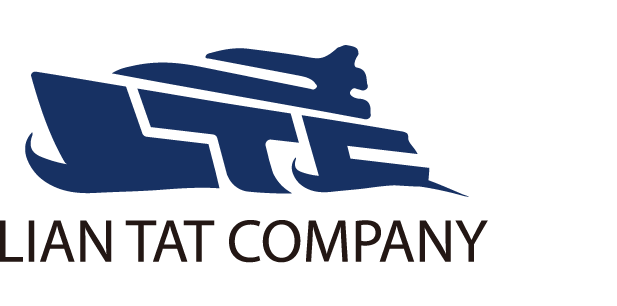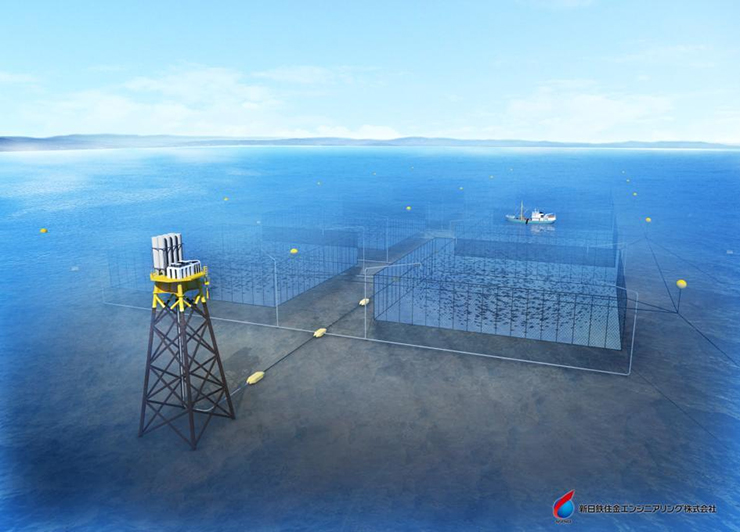Can aquaculture go all-in on AI?
High-tech solutions like artificial intelligence are making inroads in aquaculture. Can AI drive further growth?
Aquaculture has long depended on the intuition and experience of farmers in areas such as feeding or disease prediction. Today some companies are harnessing the power of artificial intelligence (AI) to improve operations.
In Japan, where the population is aging and the workforce is shrinking, efficient farming operations are crucial. Umitron, an aquaculture technology provider in Japan and Singapore, offers data platforms using IoT, satellite remote sensing and AI. One of its recent solutions is UMITRON CELL (CELL), a smart fish feeder that holds 400 kg of feed and includes a solar-power management system, onboard computer, weight sensors, dispensing motor and a camera for observing fish 24 hours a day. The feeder is remotely controlled and fish videos are monitored with a smartphone or desktop computer.
“CELL’s development came from discussions with farmers who struggled to monitor all their cages and feed the correct amount each day,” said Andy Davison, product manager at Umitron. “They didn’t typically take weekends or holidays since they needed to visit their fish cages every day to feed the fish and monitor their condition. CELL allows them to accurately manage their feed and stay onshore occasionally while still monitoring their fish.”
CELL is installed on cages and allows farmers to check a live stream or saved video data. The farmer can adjust the feeder’s timing and amount settings to fine-tune feeding, and check historical feeding and fish data to see the amount of feed used over the past day, week or month. The system is remotely powered by a solar panel connected to a battery. CELL is now being used in tandem with Umitron’s latest AI-powered algorithm Fish Appetite Index (FAI), a real-time ocean-based fish appetite detection system in which machine-learning algorithms analyze video data collected directly from farm sites to calculate fish appetite. Farmers can check FAI metrics to determine when their fish are hungry or full and adjust feeding accordingly.
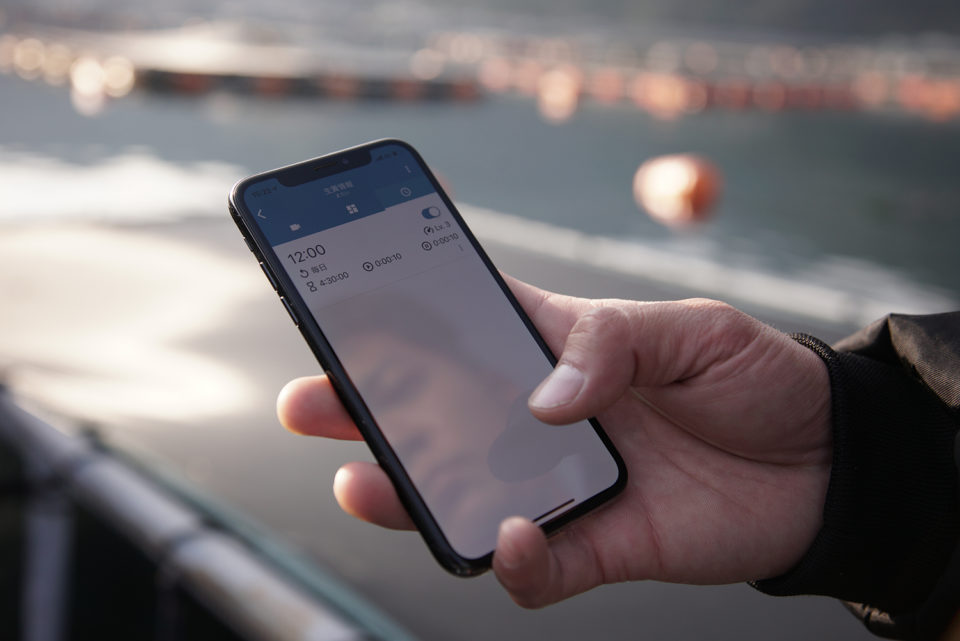
“They can obtain more information on their fish’s behavior and move toward data-driven decision-making to further optimize feeding schedules,” said Davison. “FAI reduces wasted feed, improves profitability and environmental sustainability, and offers a better work life by eliminating the need to be out on the water in dangerous conditions. It also reduces the need for every employee to be a feeding expert and frees workers to focus on other tasks that improve fish welfare.”
Japan has a robust environmental regulatory system for aquaculture and requires permits that specify the size and location of offshore farms. Davison says that with more efficient feeding and data collection, it may also become possible to specify precisely how many farms should be located in a given area, potentially allowing aquaculture to use available space more efficiently.
Meanwhile, other firms are also tapping into the potential of AI. Aquaconnect, a startup in India, is helping shrimp farmers predict disease and enhance water quality with its mobile application FarmMOJO. The tool uses machine-learning technology to provide insights and suggest appropriate steps.
“Smart technology is key to better productivity and disease management. It accelerates rapid detection, real-time reporting and data-driven decision-making,” said Rajamanohar Somasundaram, CEO and co-founder.
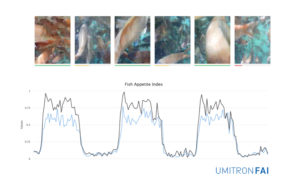
AI in aquaculture appears promising, but just how far could it revolutionize the industry? Its importance will depend a lot on the species and farming methods involved. Commodity seafood markets like shrimp and salmon, where global competition sets the price, will require data and AI to stay competitive. Countries with strict environmental guidelines and environmentally conscious consumers could use AI to improve product traceability and marketability. However, for lower-value species that are typically consumed locally, investing in AI may not make financial sense.
Davison believes that amidst growing awareness and technological improvements, AI is likely to be adopted in full.
“As soon as its advantages are better recognized, we could see a mass adoption and that may revolutionize aquaculture,” he said. “But adopting new ideas and technologies takes time. This can be frustrating, but what we may consider slow adoption could just be the regular speed of adoption.”
“AI, real-time sensors and IoT have many advantages. They can identify water quality changes at the initial stage and detect changes in the consumption and growth pattern of animals or help farmers take preventive measures before a disease outbreak,” said Somasundaram. “Aquaculture stakeholders should focus on the innovation of affordable IoT devices and farming equipment to facilitate the continuous monitoring of water quality, animal performance and growth.”
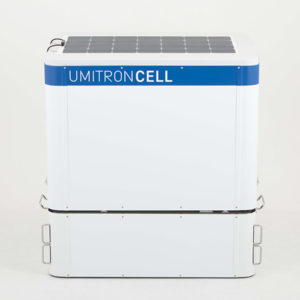
But challenges remain. With data security awareness growing, some farmers want to know how their data are being used and by whom. Explaining the specific steps taken to ensure that data are transmitted and stored securely is in itself a challenge, says Davison, with specifics on encryption, keys and HTTPS protocols lost on the average technology user. This makes it all the more crucial for firms to be good stewards of their customers’ data and maintain trust. Somasundaram agrees that technology often poses a steep learning curve among farmers.
“Fish and shrimp farmers have always worked through word-of-mouth advice from their peers and will need to be guided when adopting technology. Incentives, training and adequate exposure may help,” he said. “Data ownership and security haven’t yet gained much attention among farmers, so the government and stakeholders must engage in conversation and create standards for both. This could be a great challenge in future for multinational firms that want to offer their solutions in multiple geographies, where each country may have its own standards.”
A final dilemma, according to Davison, is what to do with all of the data that you now have.
“It’s easy to be overwhelmed with new sources of data but not have established methods on how to process and use all that information to make better decisions,” he said. “All that data is useless unless companies have a way to use it.”
With time, hard work and clever people, many traditional industries including aquaculture could become fully automated. Making good use of the power of science and technology to improve efficiency and increase yields is likely to produce significant results.
“To increase AI’s adoption, we need to appeal to farmers on a rational and emotional level,” said Davison. “When a farmer realizes they no longer need to work seven days a week thanks to AI, that greatly impacts their lives. On the rational level, when we can clearly demonstrate increased profitability with AI data-driven decision making and automation, we’ll see a big uptick in use.”
Source: Global Aquaculture Alliance
